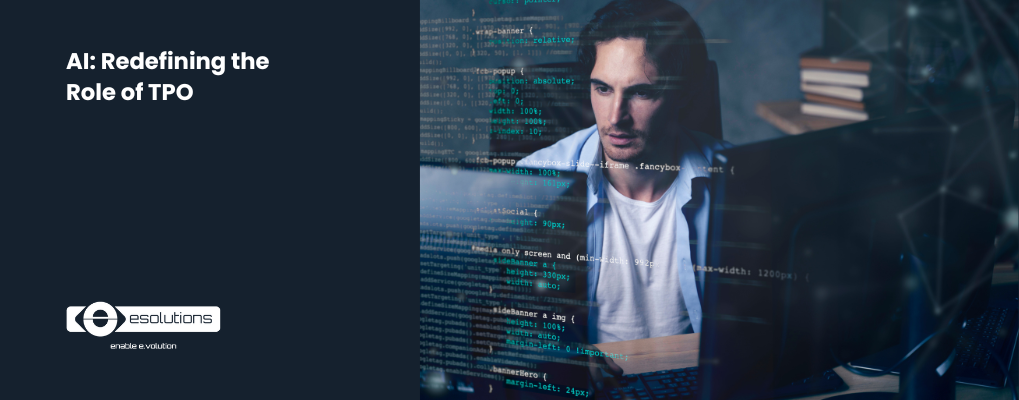
The Technical Product Owner (TPO) role is evolving along with AI-driven development. Traditionally, the TPO was the bridge between business and engineering teams, ensuring that product vision translated into working software.
However, with the rise of AI-assisted development, this role is transforming into something more powerful: a fusion of developer, business analyst, and AI collaborator.
In this new paradigm, the TPO is no longer just an orchestrator of requirements, but also an active participant in code reviewing and analysis. AI tools are becoming integral to software engineering workflows, shifting the focus from manual code generation to higher-level design, review, and optimization.
While AI helps generate code faster it is not yet without flaw; it can produce code errors or biases. Thus, AI-generated code needs strong human supervision, and code reviewing will become one of the most important skills for the new TPOs. Even though the adoption of AI increases, the learning curve for TPOs adapting to AI-assisted workflows will not happen overnight.
There is also the risk of over-reliance on AI, potentially reducing human cognitive processes such as critical thinking, problem-solving, and creativity. Promoting a culture of accountability, encouraging multiple perspectives, and continuous education on human-AI collaboration can help mitigate this risk.
A term gaining traction in the developer community is Vibe Coding or Programming. This refers to AI-assisted coding, where developers focus on intent and high-level problem-solving rather than manual syntax and boilerplate. The TPO, now equipped with AI-enhanced coding capabilities, operates in a "vibe" mode - where the focus is on guiding the AI, ensuring alignment with business goals, and refining the generated output.
Team structures are also changing. A modern software team will now consist of:
This structure ensures a better collaboration between business objectives, technical implementation, and AI-powered development.
With AI deeply integrated into development workflows, the TPO role will turn into an all-encompassing position that blends:
This shift will require new skills - prompt engineering, AI monitoring, and strategic problem-solving - pushing TPOs into a more dynamic and impactful role in modern software development teams.
AI tools such as OpenAI's Playground and Cursor AI enable TPOs to rapidly generate prototypes and even functional applications from simple descriptions. This reduces reliance on development teams for early-stage prototyping, allowing TPOs to iterate quickly based on user feedback and market needs. This shift empowers TPOs to bridge the gap between ideation and execution more effectively.
AI enhances the TPO's ability to analyze large datasets, perform market analysis, and evaluate user feedback in real-time. Tools like generative AI automate tasks such as A/B testing, prioritizing features, and monitoring product performance metrics. This reduces subjective decision-making and ensures that resources are allocated to the most promising ideas, improving product-market fit.
AI allows TPOs to take on end-to-end responsibilities, from ideation to deployment. They can now manage workflows traditionally handled by multiple roles, such as product marketing or UX design, through AI-driven automation. This convergence of roles positions TPOs as "mini-CEOs," with greater accountability for the product's success.
AI-driven projects require collaboration across diverse teams, including developers, data scientists, and UX designers. TPOs must lead these cross-functional efforts, leveraging AI to unify teams around a shared vision while managing complex workflows effectively.
With routine tasks automated by AI, TPOs can devote more time to strategic activities like long-term planning, creative problem-solving, and exploring innovative use cases for AI integration into products. This shift elevates their role from operational management to strategic leadership.
The new framework is all about efficiency, with the AI-assisted TPO role becoming a central figure in projects. By leveraging AI tools effectively, teams can accelerate development cycles, enhance code quality, and focus more on innovation.
Nonetheless, learning must start today, as AI development does not halt. On the contrary, it becomes exponentially better. Start integrating AI into your workflow today, or risk falling behind.